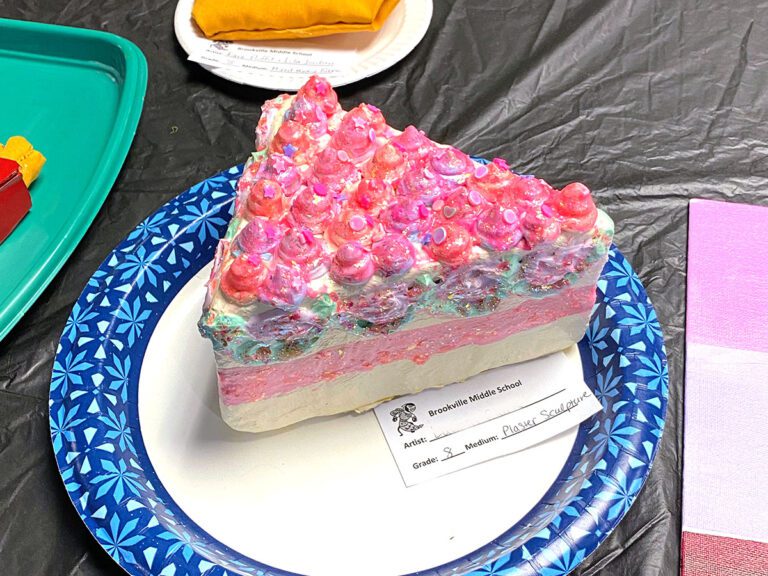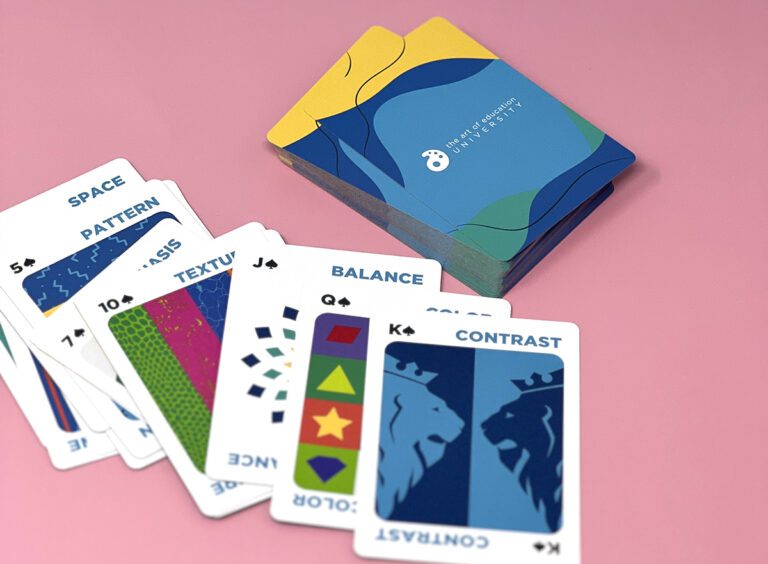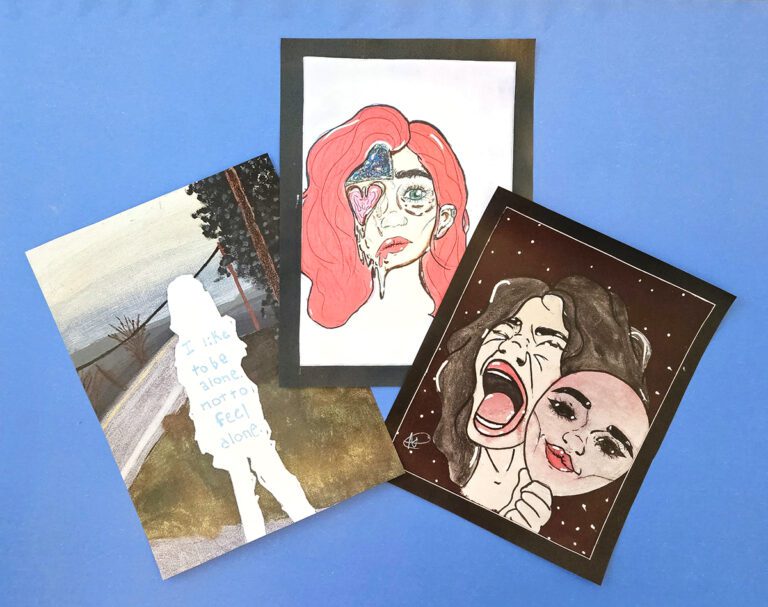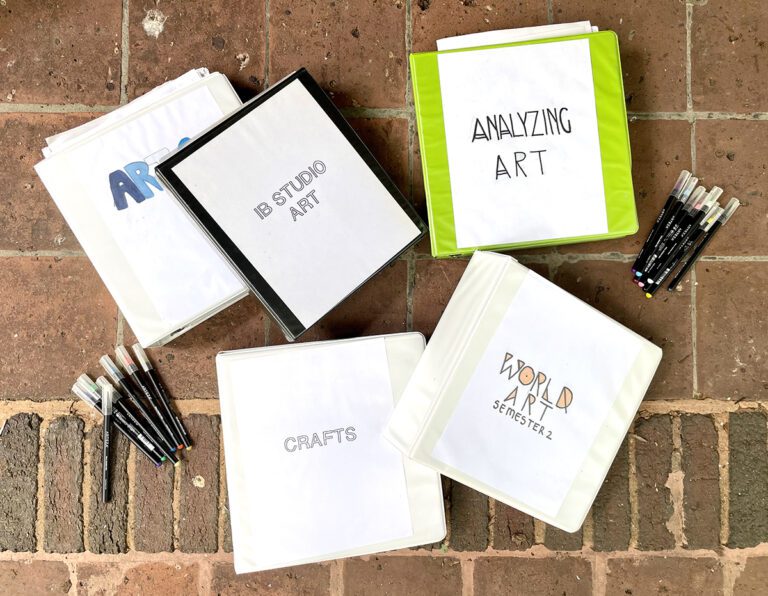Have you ever been in an art course where the teacher tried to cram in as many different mediums and materials as possible? One week you’re working with colored pencils, the next week its batik. You round out your time with spray paint and stencils.
Sure, there are some benefits to this method. Students who would otherwise never come across a scratchboard could give it a try. But, this “mile wide and inch deep” approach to education doesn’t often provide much substance.
Focusing on fewer media choices can actually be a good thing. Providing students with less really can lead to more.

What is the problem with the “mile wide and inch deep” approach?
The structure of American education revolves around standards, and there is a multitude to cover each year. If you want to even introduce everything mandated, you practically have to speed teach. Because of this, many students don’t have time to truly grapple with content in meaningful ways. Once one topic becomes clear, it’s time to move on to something else. When we cover a broad network of topics that may or may not have clear relationships, students can have a hard time synthesizing what they’re learning.
This is true for visual arts classes as well, especially in intro courses. The thinking is if you offer as many materials and mediums as possible, you’ll be sure to capture the interest of each and every student at least once. This will lead to more students finding their inner artist.
However, one problem with this theory is even if a student does find a material or medium they enjoy, they hardly have the time to develop it. Another shortcoming of this strategy is it relies almost exclusively on technique. The cognitive components of the process are often neglected when we go a mile wide and an inch deep.
Instead, try “half a mile wide, half a mile deep.”
Instead of having fifteen different mediums planned for one school year, why not try tightening up your list? Focusing on just a few different art materials will allow students to grow over time and truly develop each of those skill sets. Students need time to struggle, revise, get feedback, apply feedback, and try processes again and again. Without the time to do those things, students lack the opportunity to grow and improve.
Here is a recommended approach:
1. Start with drawing.

Choose just four or five mediums for an entire course or school year. You can split the mediums and introduce students to each separately, say once per quarter. Or, the mediums can overlap and last much longer.
One natural place to start the year is drawing. Drawing can be approached in countless ways and provide endless assignments and projects. You can also choose from a variety of materials from charcoal to markers.
Once students have had time to struggle, suffer, persist, improve, and grow, do not just cast drawing aside. Drawing will still remain a part of the work students engage in. But now, bring in something else.
2. Add in painting.
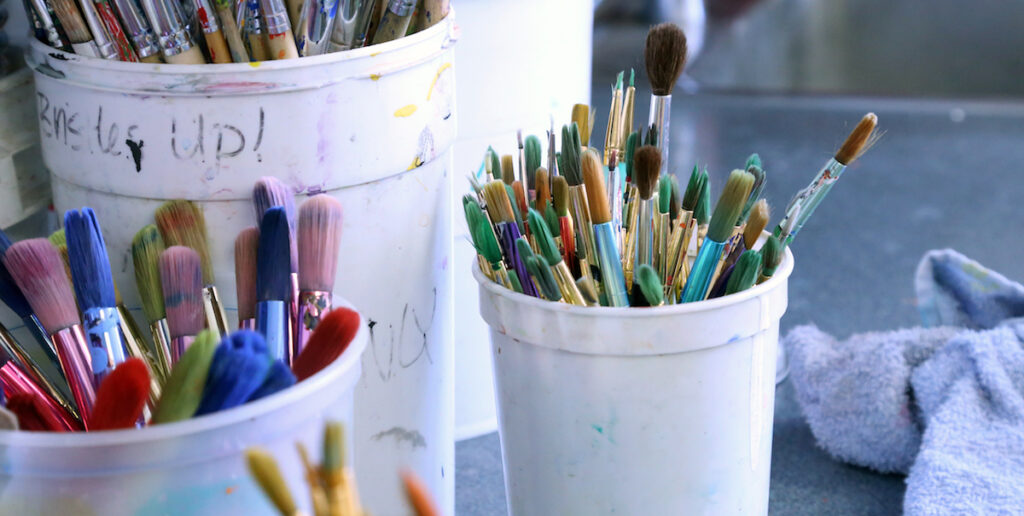
Painting is a logical next step with many genres, movements, and styles to study. It may take someone years before they feel comfortable with painting. How can we only spend one or two assignments on painting and expect our students to feel like they’ve got it down?
Drawing and painting are two art forms that demand student respect and attention in order for them to build useful skills. Of course, we must be creative and engaging in our pedagogy for student buy-in.
Drawing and painting assignments, projects, and investigations can be diverse and engaging. They can easily last an entire semester, if not more. If you’re looking for ways to bring fresh new ideas to your students in either of these areas, you may want to consider the courses Studio: Drawing and Studio: Painting – Tempera & Acrylic. You’ll learn about and develop dynamic ideas you can bring into the classroom right away. Plus, you’ll get some time to invest in your own artmaking practice.
3. Move to sculpture.
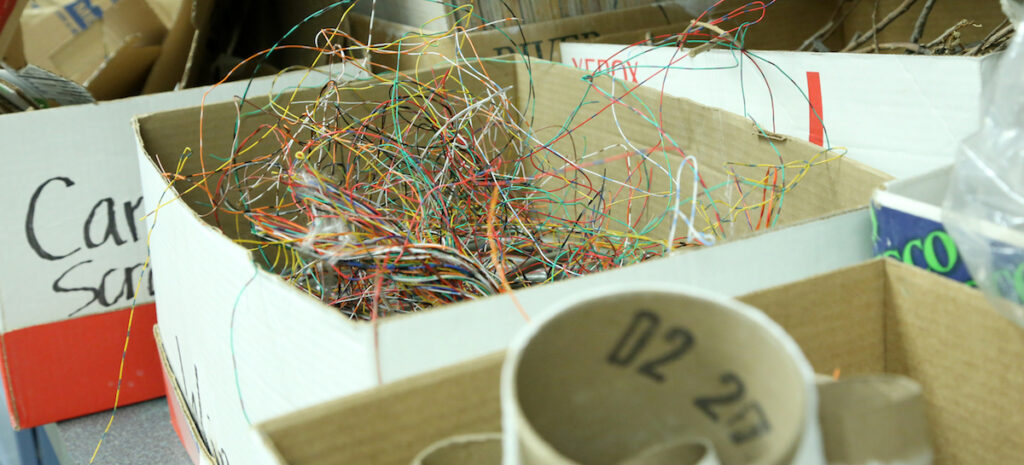
In the second half of the course or year, sculptural investigation is a popular progression. This is not to say drawing and painting disappear. It is important for processes to overlap and work with one another.
Sculpture can happen using countless materials. Choose your favorite one or two sculptural forms and really dig in. Give students opportunities to make smaller pieces and work their way up to larger, more complex creations. Plaster, paper mache, or clay are great for developing skills. At the same time, students can create drawn and painted sketches of their sculptural ideas to propel their two-dimensional work forward. They could even draw and paint on their sculptures when they are completed. By approaching the curriculum in this way, various media and skill sets are used in a spiral, so they are reused and continually built upon.
4. End with student choice.
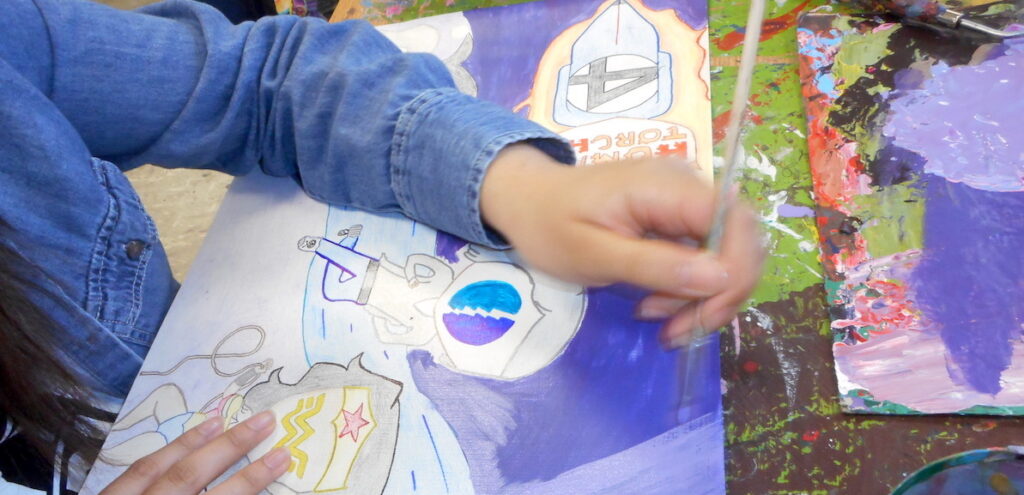
For the final quarter, after studying drawing, painting, and sculpture for the majority of the year, offer the last project up as an independent choice, and let your students choose what they wish to continue with. You can find a detailed account of how to run an independent final project here. By this time, students have experimented, struggled, and developed a few focused skill sets. Now, it is their time to show you what they can do.
We know students like variety. In the age of social media, constant scrolling, and viral memes, attention spans are short. However, teaching a wildly diverse set of mediums doesn’t allow students to truly build their skills in any one of them.
If you’re afraid students will disengage if you’re not constantly providing new materials, remember: It is what students are encouraged to express that keeps them captivated. It is the questions students are answering, the opinions they are expressing, and the connections they are making through their work that keep them excited. Mixing up materials from time to time is good, but giving students opportunities to persist and grow is even better. In this way, students can gain skills they use again outside of school in their lives instead of getting tastes of artistic entertainment that vanish once they leave the classroom.
What is your opinion about the “mile wide and inch deep” approach to education?
What is your reaction to the claims made in this article?
Magazine articles and podcasts are opinions of professional education contributors and do not necessarily represent the position of the Art of Education University (AOEU) or its academic offerings. Contributors use terms in the way they are most often talked about in the scope of their educational experiences.


